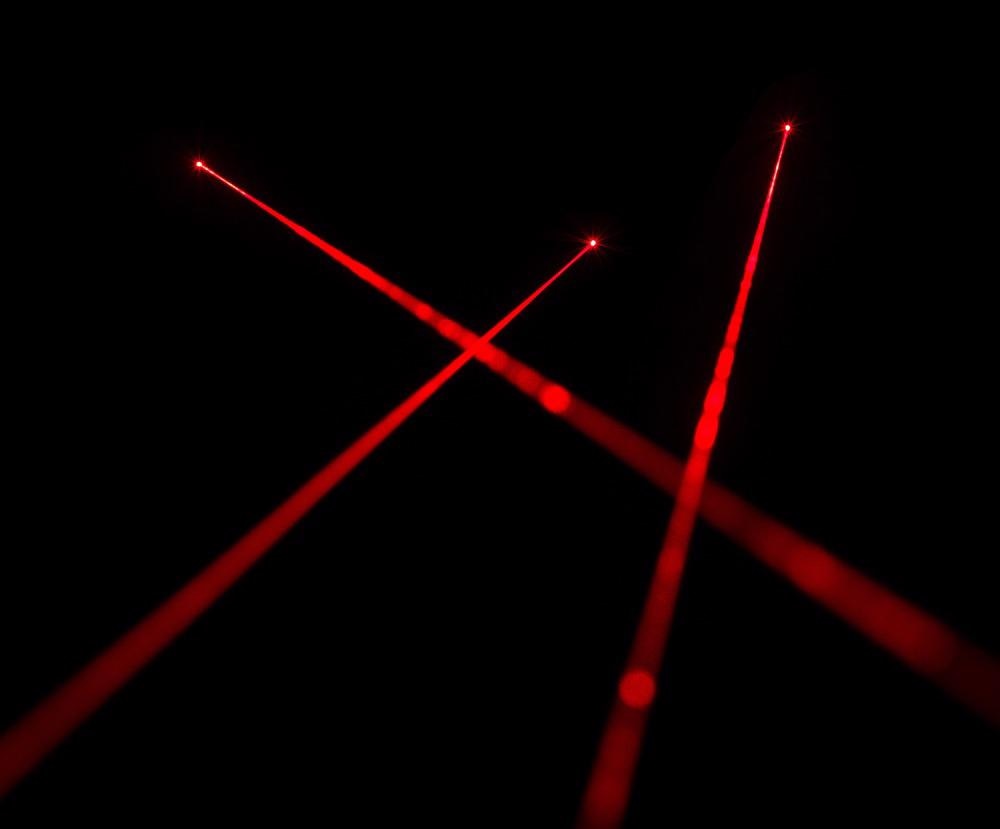In a paper printed in ACS Applied Materials & Interfaces, a technique for converting contour patterns into well-defined sub-micrometer grating frameworks with extraordinary brilliant structural colors was presented, which uses a nanopainting approach to produce macro patterns.

Study: Vivid Structural Color Macropatterns Created by Flexible Nanopainting of Ultrafast Lasers. Image Credit: donatas1205/Shutterstock.com
Structural Colors
Chemical paints and dyes have enriched the world's hues since discovering the first commercially produced synthetic dye.
Concerns like contamination and complexity, however, have made their use difficult. The physical-based structural colors resulting from light interactions with spatially organized sub-micrometer patterns are seen in many natural biomolecules.
Artificial structural color production technologies have been extensively researched over the last several centuries, with structural color displaying distinct qualities. Structural colors are becoming a popular option in a spectrum of uses.
Different Fabrication Techniques
It has been demonstrated that structural colors can be applied using a range of production processes like self-assembling. Bottom-up self-assembly is a low-cost method for producing structural colors on a large scale. Nevertheless, this approach can only be used in a repeating pattern over the surface layer, which poses a problem for variable layouts and composites designs.
Another approach is nanoimprinting. Although nanoimprinting is a very productive and high-resolution approach, it is challenging for this approach to become a widespread method due to the limitations of imprinting on elastic composites. Instead, it may be destroyed during the transfer procedure.
While concentrated electron or ion laser lithography allows for the construction of complex, high accuracy designs, manufacturing is generally constrained to a very limited scale due to the restrictions of intricate techniques and expensive cost, requiring intrinsic color inspection with a microscope.
Advantages of Modern Techniques
Current ultrafast laser production research has distinct benefits in structural color creation, demonstrating a versatile, one-step, and contactless technique, as well as remarkable adaptability for a broad range of materials.
The direct laser writing procedure is a popular production approach that yields high-definition nanoparticles appropriate for integrating applications.
Nevertheless, while a narrow focus of the laser beam may operate as a "pensile" to allow for mask-free and adaptable micro- or nanoscale production, the point-by-point procedure still confines it, notably in terms of labor efficiency. Many academic researchers have exploited the spatial light modulator (SLM) for more efficient ultrafast laser production.
Yet, during such spatial light modulator-assisted laser processing, a narrow concentration of the laser beam point was often exhibited, limiting its capacity to enhance.
This study proposed a unique technique for dynamically constructing macro patterns with vibrant structural colors at fast velocities by using computerized flexible nanopainting of structural colors with ultrafast lasers on graphene oxide (GO) material.
Graphene oxide was chosen because of its good physical and chemical qualities in ambient air, which allows for the long-term endurance of the structural color of the FPS design. On the other hand, the naturally thin coating of graphene oxide material offers great qualities for transmitting onto other substrates.
Outcomes of the Research
A unique, adaptable nanopainting approach using an ultrafast laser for the production efficiency of macroscale designs with brilliant structural colors was created in this research.
The sliced pattern layout may be nanoimprinted on the graphene oxide film using real-time control of the spatial light modulation for laser power structuring. Specimen motion can form regular sub-micrometer grating patterns, resulting in optical scattering for structural color data.
In contrast to typical point-by-point laser manufacturing, the FPS fabrication technique of this research used a mixture of multiple cylindrical lenses and a spatial light modulator modulation method to produce a line-shaped concentrating laser spot, laying the groundwork for elevated production at the macroscopic level.
This mask-less nanopainting was shown to be highly versatile and effective, even for complicated designs, with overall productivity in the centimeters per minute range.
More crucially, alternative designs may be recognized to be combined together either on a macroscopic or microscopic scale for the multicolored composite picture or data concealment via the flexible fabrication of sub-micrometer grating structures with varied alignments.
This technology offers a unique strategy for color marking with significant improvements in manufacturing productivity and coloring accuracy, which opened up possibilities for information steganography and anti-counterfeiting solutions.
Reference
Li, Y., Zhang, X., Zou, T., Mu, Q., & Yang, J. (2022). Vivid Structural Color Macropatterns Created by Flexible Nanopainting of Ultrafast Lasers. Applied Material & Interfaces. Available at: https://pubs.acs.org/doi/10.1021/acsami.2c04542
Disclaimer: The views expressed here are those of the author expressed in their private capacity and do not necessarily represent the views of AZoM.com Limited T/A AZoNetwork the owner and operator of this website. This disclaimer forms part of the Terms and conditions of use of this website.